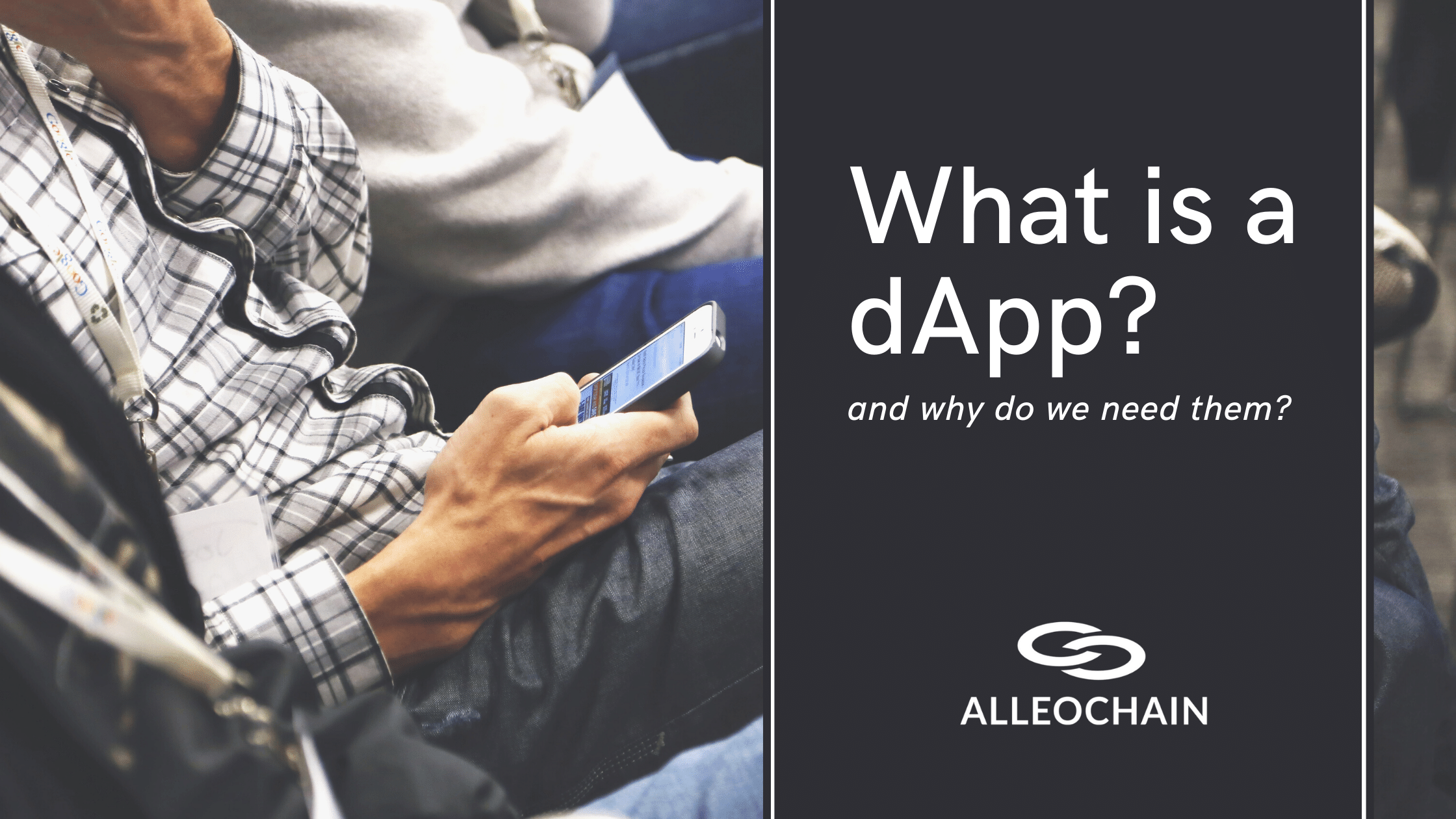Blockchain technology has been steadily growing in popularity over the past few years. More and more often, innovative professionals find ways to use blockchain technology to address issues with our current technology.
One such example is decentralized applications or dApps. dApps use blockchain to provide a solution for common problems we have with standard applications.
How Standard Apps Work
Applications monitor, interact with, and control our data. Every time we use a computer, we use applications, from our web browsers to word documents.
There are four primary parts of an application, three in the front-end and one in the backend. They are the user interface, the server that hosts software, the database, and the backend code.
The user interface is what the user sees and interacts with, communicating with the backend to send requests mediated by the server. Located in a secure network that hosts data, the database stores vital data needed to access or deploy requests.
While this is the basic format for how most apps function, some companies and people have taken advantage of it to steal users’ information. They hack into the database and compromise thousands or millions of passwords.
Additionally, many common applications invade our privacy when we use them. Tech companies have come under fire several times in the past few years for collecting and selling information about consumers without their consent.
We need applications for everything, but we often cannot use them without risking our security. That is why some professionals have turned to blockchain technology.
What Are dApps?
Decentralized applications are apps that run on blockchain exclusively. Users’ data is automatically protected, and everything that happens on the app is viewable to any user.
Blockchain systems are decentralized, distributed ledgers spread across multiple computers or nodes. Every transaction conducted on a blockchain network must be verified by multiple nodes, and miners maintain the system.
Because of how blockchain works, security and verifiability are two of its core features. dApps use these features of blockchain to address the problems with standard applications.
dApps function almost identically to standard apps, though the big difference is that their database is a blockchain network. With dApps, all information is accessible to anyone on the system, and nodes verify every transaction.
Users on blockchain networks have two keys, a public and a private key. Every other user can see the public key, but only the user knows their private key. When a user conducts or agrees to a transaction, they sign off on it with their private key.
Smart Contracts
At the center of dApps are smart contracts. They are the principal functionality component of dApps, meaning they are what the rest of the app is based around.
Smart contracts are unchangeable pieces of code that run dApps. They have discrete functions with specific capabilities that anyone can see and access.
As their name suggests, smart contracts are contracts. They are an agreement between multiple parties that cannot be changed and are signed with users’ private keys.
How Can AlleoChain Help?
Decentralized applications are another of the many examples of how blockchain technology can be applied to our current technology issues. We make it simple for businesses to develop their blockchain applications, allowing them to reduce costs and deploy solutions faster without having to upgrade their IT department or hire new staff.
Blockchain is a relatively new technology with plenty of room to grow, and we could soon be using dapps to protect our privacy and increase our security.
Sign up for our free 30 day trial today or book a call with one of our blockchain specialists.


